You’re currently viewing the Americas website.
You’re currently viewing the Americas website.
Would you like to switch countries or language?Product Range
Tools & Resources
Featured products
Tools & Resources
Featured products
Tools & Resources
Resources
Categories
Types
Categories
Topics
Abrasive Blasting Tech Tips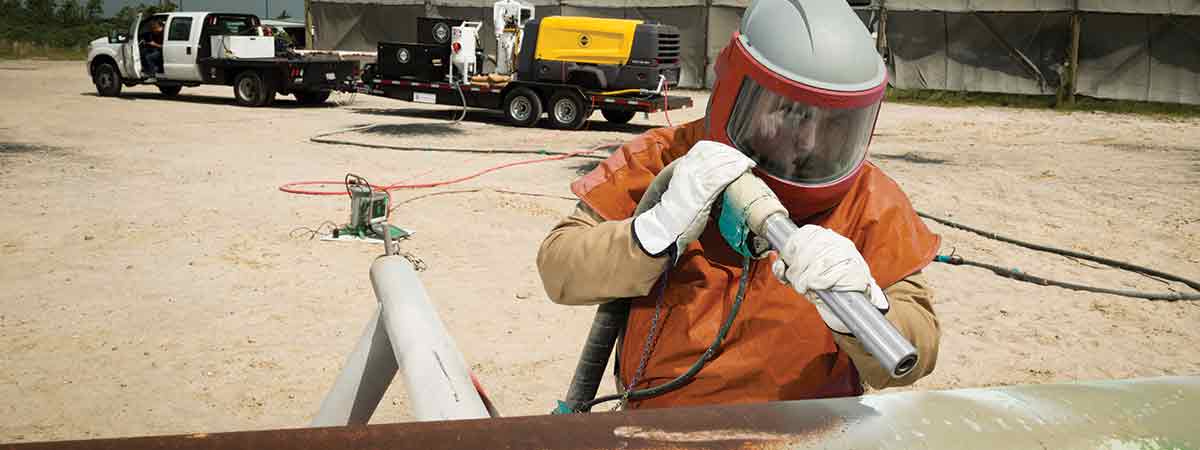
BlastTalk: Corrosion and the benefits of abrasive blasting
One of the critical construction and maintenance challenges faced by many industries globally is corrosion.
Research findings by NACE International, a corrosion-control standards and certification association, revealed that the global cost of corrosion is estimated to be US $2.5 trillion. This is equivalent to 3.4 percent of the global Gross Domestic Product (GDP) 2013). In addition, these costs exclude work safety and environmental consequences.
In the energy sector, thousands of industrial facilities are constructed primarily of carbon steel and these structures, when unprotected, are vulnerable to corrosion.
The application of industrial protective coatings on the surface is generally the most economical and effective corrosion protection available for carbon steel.
However, prior to this procedure, the surface needs to be cleaned and free from contaminants with the right surface profile (roughness) for effective paint adhesion. This is actually the most expensive part of the coating job, but this step is crucial to prevent coatings failure and to maximise the life of the coating system.
Abrasive blasting is preferred due to several reasons. It effectively:
- Removes contaminants from the surface to be coated, including mill scale, rust, old coatings and linings
- Produces an anchoring surface profile to ensure proper coating adhesion
- Achieves significantly higher productivity than other cleaning methods.
In the next issue, we will be exploring the variety of blasting abrasives including the physical properties and their impact on blasting performance.
 By Martin Taylor, Technical Advisor
By Martin Taylor, Technical Advisor
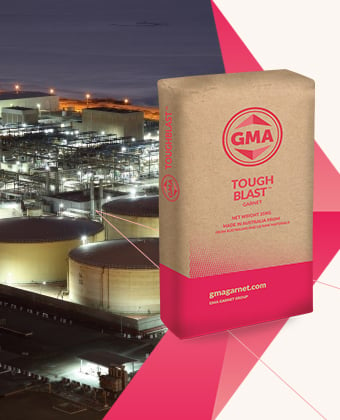 GMA ToughBlast™
GMA ToughBlast™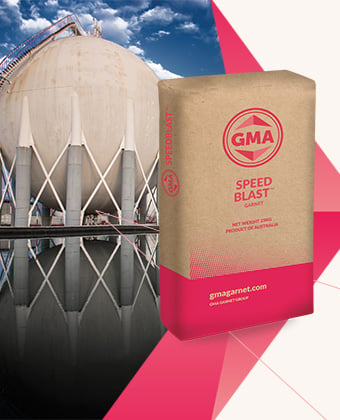 GMA SpeedBlast™
GMA SpeedBlast™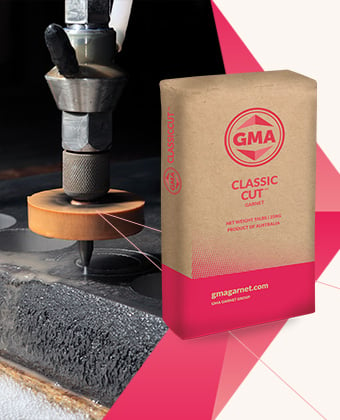 GMA ClassicCut™
GMA ClassicCut™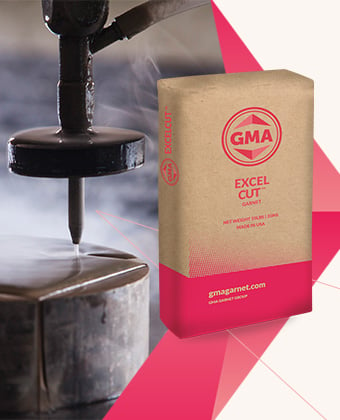 GMA ExcelCut™
GMA ExcelCut™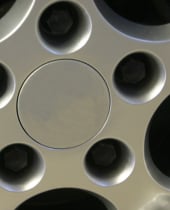 Ilmenite
Ilmenite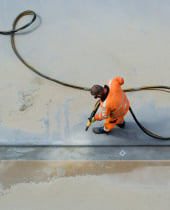 Pyroxene
Pyroxene